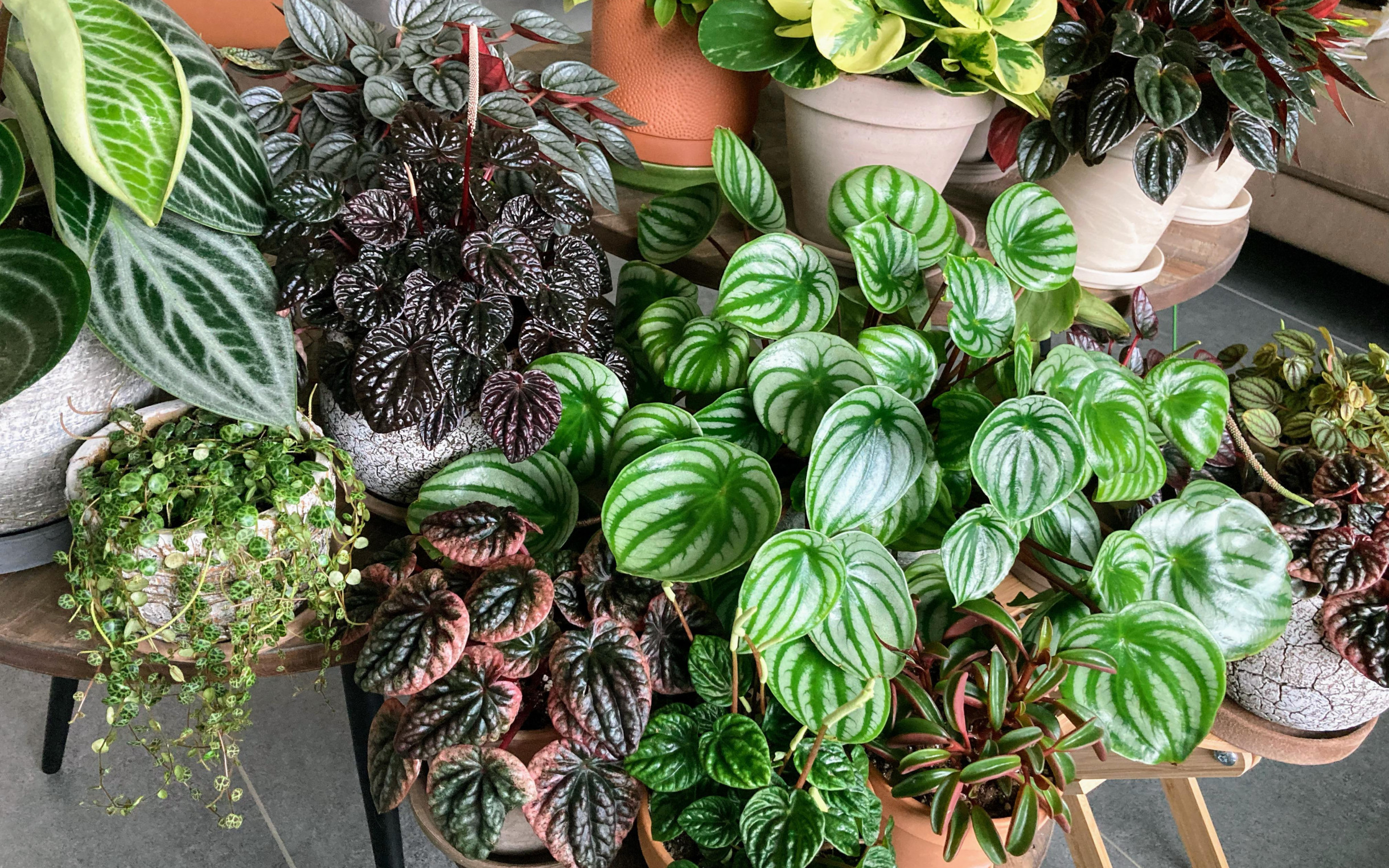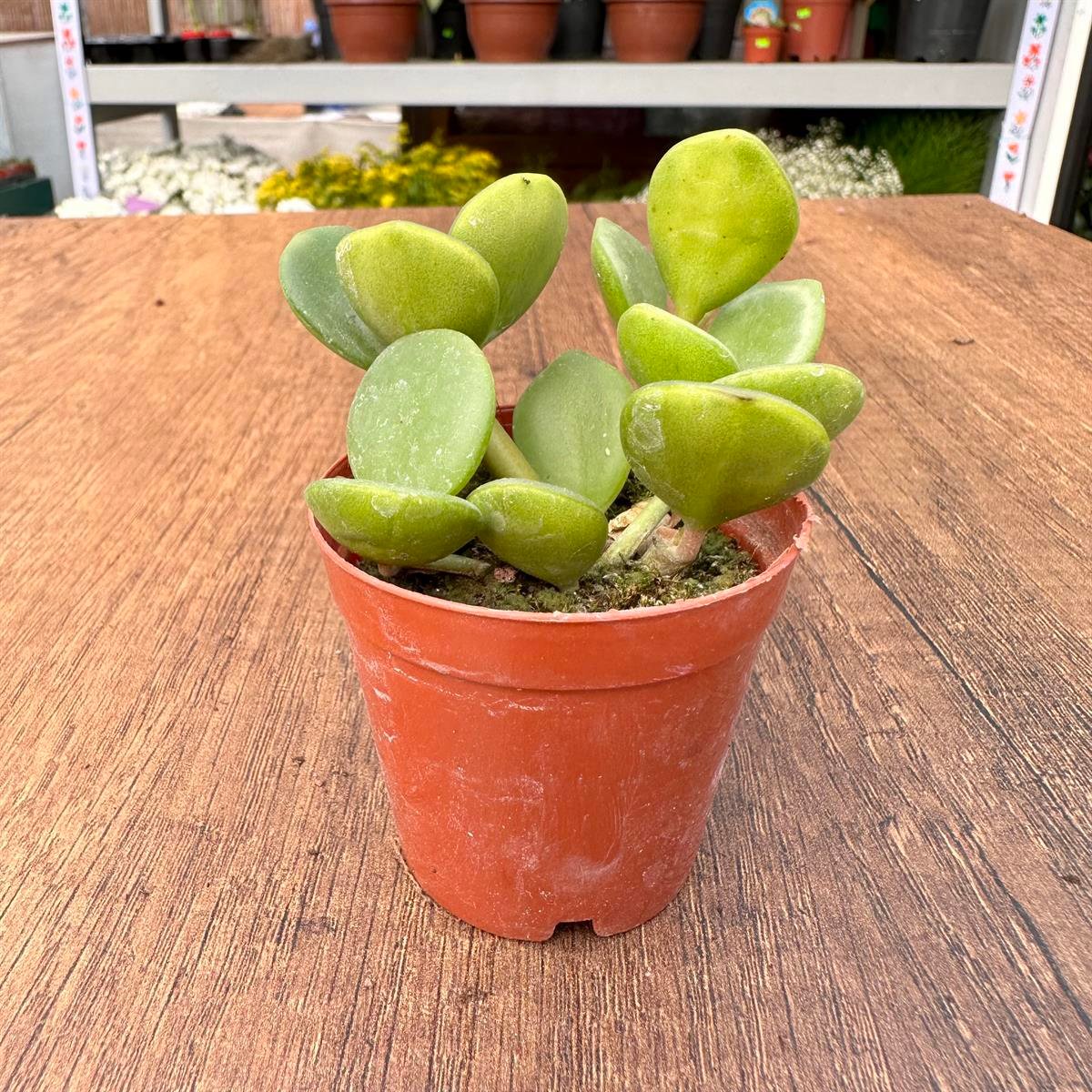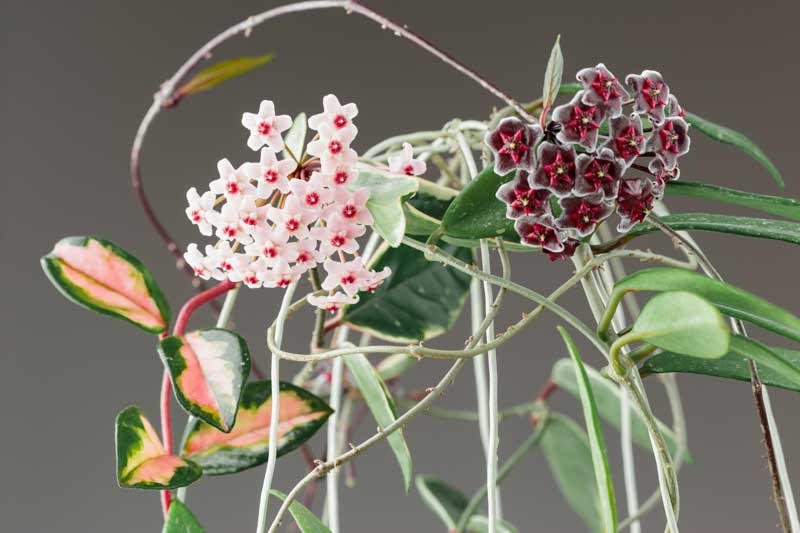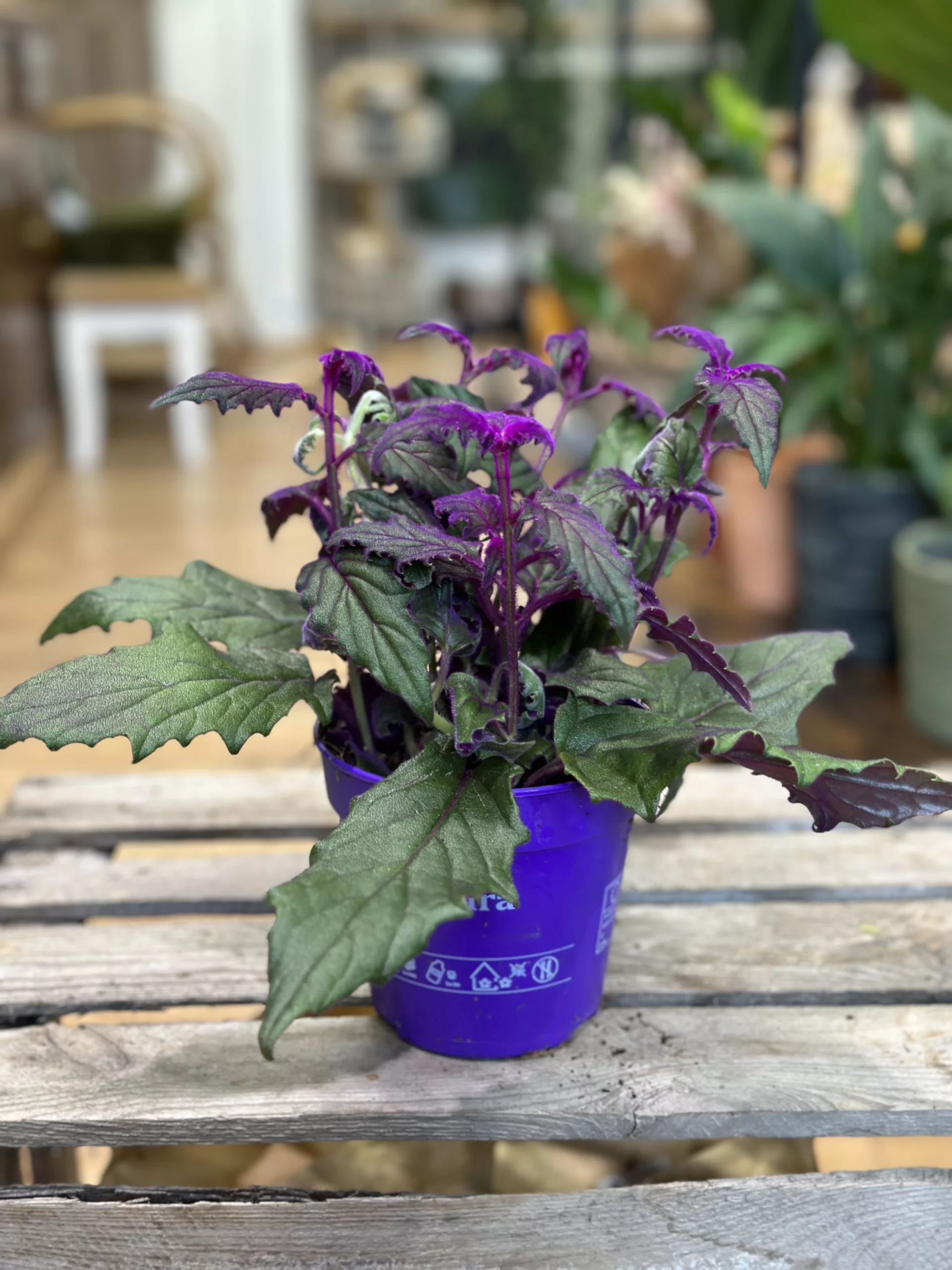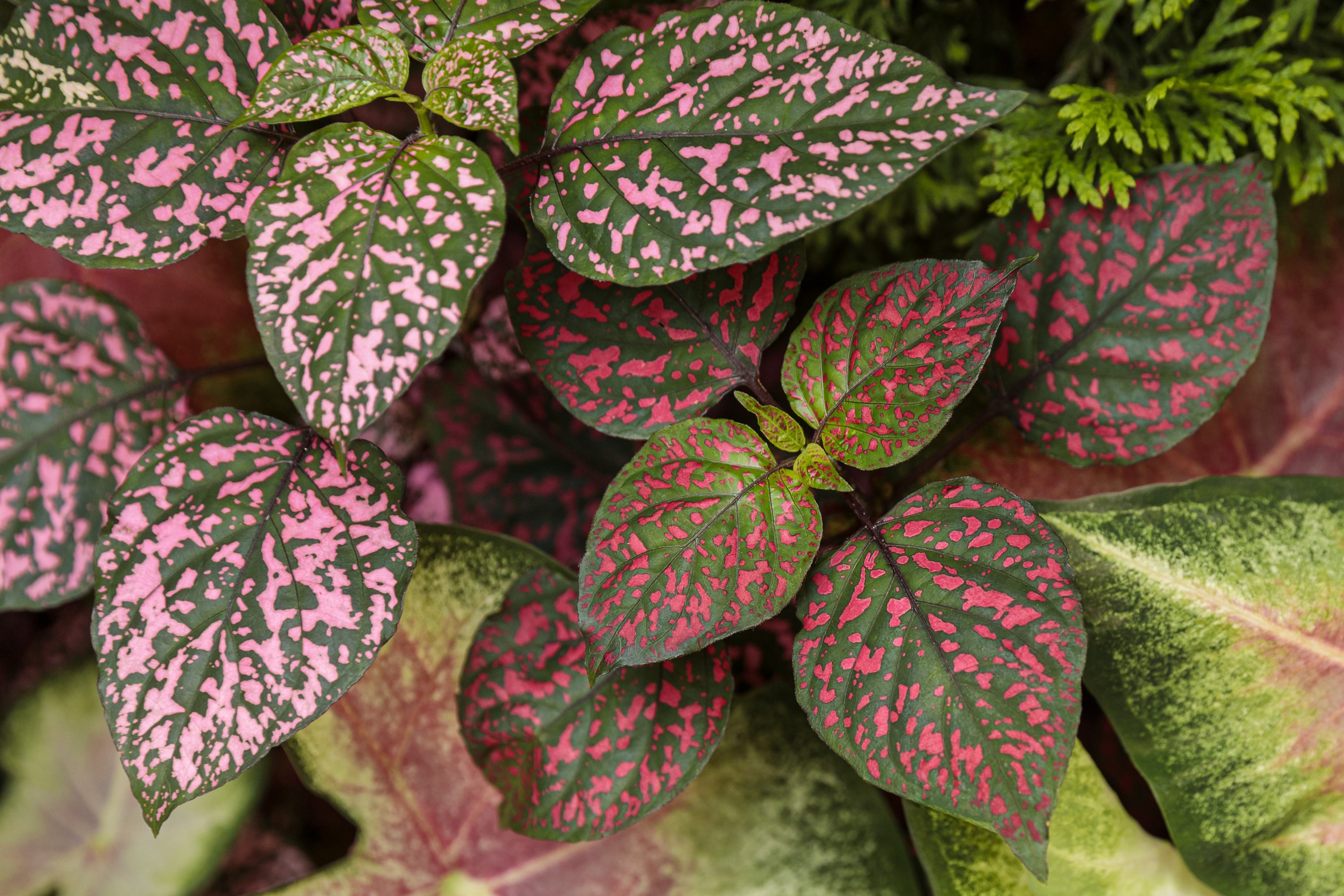How To Care For Peperomia (Peperomia)
Peperomia, also known as radiator plants, are a popular houseplant choice due to their unique and vibrant foliage. These plants are native to tropical and subtropical regions of the world, with over 1,500 different species. Peperomia plants have thick, fleshy leaves that come in a variety of shapes, sizes, and colors, making them a visually appealing addition to any indoor space.
Hot To Care For Peperomia (Peperomia) is essential for ensuring these plants thrive in their environment. They prefer bright, indirect light and should be watered when the top inch of soil is dry. Overwatering can lead to root rot, so it’s important to allow the soil to dry out between waterings. Peperomia plants also benefit from occasional misting to increase humidity levels.
One of the key benefits of caring for Peperomia plants is their ability to purify the air in your home. Studies have shown that indoor plants, such as Peperomia, can help remove harmful toxins from the air, creating a healthier living environment. In addition to their air-purifying qualities, these plants are relatively low-maintenance and can thrive in a variety of indoor conditions.
By following a few simple care tips, you can enjoy the beauty of Peperomia plants in your home for years to come. With their stunning foliage and air-purifying qualities, Hot To Care For Peperomia (Peperomia) is a worthwhile endeavor for both experienced and novice plant owners alike.
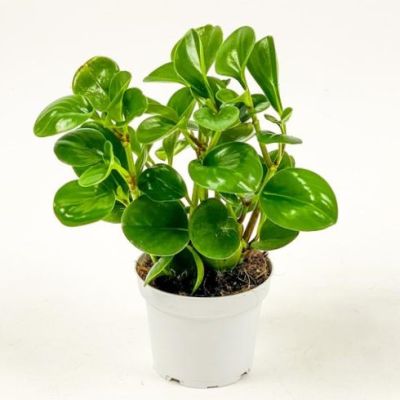
How do you properly care for Peperomia plants?
Peperomia plants are a popular choice for indoor plants due to their unique and vibrant foliage. To care for Peperomia plants, it is important to provide them with the right amount of light, water, and humidity. They thrive in bright, indirect light and should be watered when the top inch of soil feels dry. Peperomia plants prefer slightly higher humidity levels, so misting them regularly or placing them near a humidifier can help keep them healthy. To learn more about caring for Peperomia plants, continue reading our detailed guide below.

Peperomia is a popular houseplant known for its striking foliage and easy care requirements. With over 1,000 species in the Peperomia genus, there is a wide variety of options to choose from, each with its own unique characteristics. To ensure your Peperomia thrives, it’s essential to understand the proper care guidelines.
Light
Peperomias prefer bright, indirect light. Avoid placing them in direct sunlight, as this can cause their leaves to burn. A north or east-facing window is ideal for providing the right amount of light for your plant.
Water
Water your Peperomia when the top inch of soil feels dry to the touch. They prefer slightly moist soil but can be sensitive to overwatering. Ensure proper drainage to prevent root rot, and avoid letting your Peperomia sit in water for extended periods.
Temperature and Humidity
Peperomias thrive in temperatures between 65-75°F (18-24°C) and prefer moderate to high humidity levels. If your home is particularly dry, consider using a humidifier or placing a tray of water near your plant to increase humidity.
Soil
Use a well-draining potting mix with perlite or sand to ensure proper aeration and drainage for your Peperomia. A mix formulated for succulents or cacti is often a good choice.
Fertilization
During the growing season in spring and summer, fertilize your Peperomia every 4-6 weeks with a balanced, water-soluble fertilizer diluted to half the recommended strength. Avoid fertilizing during the winter months when growth slows down.
Propagation
Peperomias can be easily propagated through stem or leaf cuttings. Simply cut a healthy stem or leaf from the plant, allow it to callus over, and then place it in a well-draining potting mix to root. Keep the soil lightly moist until roots develop.
Pest and Disease Control
Keep an eye out for common houseplant pests such as spider mites, mealybugs, and scale. Regularly inspect your Peperomia for any signs of pests or disease, and treat them promptly with horticultural oil or insecticidal soap.
Statistical Fact:
According to a recent survey, Peperomias are among the top 10 most popular houseplants in the United States.
What is the ideal lighting for Peperomia plants?
Peperomia plants prefer bright, indirect light. They can tolerate lower light conditions, but may not thrive as well.
How often should I water my Peperomia plant?
Water your Peperomia plant when the top inch of soil is dry. Allow the water to drain out completely and avoid overwatering to prevent root rot.
What type of soil is best for Peperomia plants?
Peperomia plants do well in well-draining soil mixtures, such as a combination of potting soil, perlite, and peat moss.
Can I fertilize my Peperomia plant?
Yes, you can fertilize your Peperomia plant every 2-4 weeks during the growing season with a balanced liquid fertilizer diluted to half strength.
How do I propagate my Peperomia plant?
Peperomia plants can be propagated by taking leaf or stem cuttings and allowing them to root in water or soil.
Do Peperomia plants require high humidity?
Peperomia plants can tolerate average indoor humidity levels, but they may benefit from occasional misting or placing a humidifier nearby.
Should I repot my Peperomia plant often?
Peperomia plants prefer to be slightly root-bound, so only repot them when they have outgrown their current pot. This is usually every 2-3 years.
Are Peperomia plants safe for pets?
Peperomia plants are non-toxic to cats and dogs, making them a safe option for pet owners.
What are common pests that affect Peperomia plants?
Common pests that may affect Peperomia plants include mealybugs, spider mites, and aphids. Keep an eye out for any signs of infestation and treat accordingly.
How do I care for different varieties of Peperomia plants?
- Watermelon Peperomia: Prefers bright, indirect light and slightly more water than other varieties.
- Radiator Plant: Enjoys moderate to bright light and slightly drier soil conditions.
- Raindrop Peperomia: Requires bright, indirect light and well-draining soil.
Conclusion
In conclusion, Peperomia plants are a popular choice for indoor gardens due to their low maintenance requirements and unique foliage. By following the care tips outlined in this article, such as providing adequate lighting, watering sparingly, and ensuring proper drainage, you can help your Peperomia thrive and remain healthy. Remember to avoid overwatering and excessive direct sunlight, as these can lead to issues such as root rot and sunburn. Additionally, periodically inspect your plant for signs of pests or disease and take prompt action to address any issues that may arise.
Overall, caring for Peperomia plants can be a rewarding experience that allows you to enjoy the beauty of these unique and diverse species in your home. With their wide range of leaf shapes, colors, and textures, Peperomias can serve as a stylish and eye-catching addition to any indoor space. By understanding and meeting their specific care needs, you can ensure that your Peperomia plants remain healthy and vibrant for years to come.
